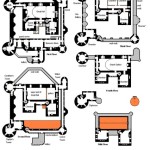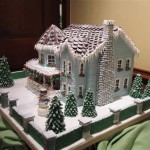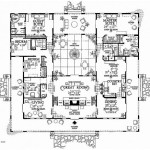Building Plans For Small Dog House
When designing a small dog house, several essential aspects need to be considered to ensure the comfort, safety, and well-being of your furry friend. Here are some key considerations to keep in mind:
1. Size and Dimensions
The size of the dog house should be appropriate for the size of your dog. It should provide enough space for your dog to stand up, turn around, and lie down comfortably. As a general rule of thumb, the house should be about six inches wider and longer than your dog's height and length.
2. Materials
The materials used to construct the dog house should be durable, waterproof, and insulated. Cedar, redwood, and pressure-treated lumber are popular choices for dog houses due to their weather resistance and durability. Insulation, such as fiberglass or foam, can help regulate the temperature inside the house, making it comfortable for your dog in both hot and cold weather.
3. Roof
The roof of the dog house should be sloped to prevent water from pooling. A slanted roof also provides ventilation, which is essential for keeping the house fresh and free from moisture. The roofing material should be waterproof and durable, such as asphalt shingles, metal, or rubber.
4. Ventilation
Good ventilation is crucial for preventing the buildup of moisture and stale air inside the dog house. Provide ventilation holes or vents on at least two sides of the house to allow for proper airflow. The holes should be placed high up on the walls or near the roof to prevent drafts.
5. Entrance
The entrance to the dog house should be large enough for your dog to enter and exit comfortably. The bottom of the entrance should be slightly elevated off the ground to prevent water from entering the house. Consider adding a flap or curtain to the entrance to provide additional insulation and protection from the elements.
6. Flooring
The flooring of the dog house should be durable, waterproof, and easy to clean. Vinyl flooring, linoleum, or ceramic tiles are good options. Avoid using materials that can absorb moisture, such as carpet or fabric.
7. Insulation
Insulating the dog house is essential for regulating the temperature inside and maintaining a comfortable environment for your dog. Fiberglass insulation, foam insulation, or reflective insulation can be used to insulate the walls, roof, and floor of the house. Ensure that there are no gaps or holes in the insulation to prevent drafts.
8. Elevation
Elevating the dog house off the ground helps protect it from moisture, drafts, and insects. Place the house on a raised platform or on concrete blocks to keep it dry and well-ventilated.

Simple Diy Dog House Plans Easy
How To Build A Small Dog House Quora

How To Build A Small Dog House Howtospecialist Step By Diy Plans

Modern Farmhouse Dog House Plan Milligan Houses

Small Dog House Plans Step By Free Construct101

Dog Trot House Plan Dogtrot Home By Max Fulbright Designs

Insulated Dog House Plans Myoutdoorplans

Cold Weather Dog House Plans Bradshomefurnishings Insulated Large

Insulated Dog House Plans Our Complete Set Of

Plastic Dog House 28 Inch Indoor Outdoor Houses With Elevated Floor All Weather Waterproof Doghouse Easy To Assemble Ventilation Design Pet Ca








